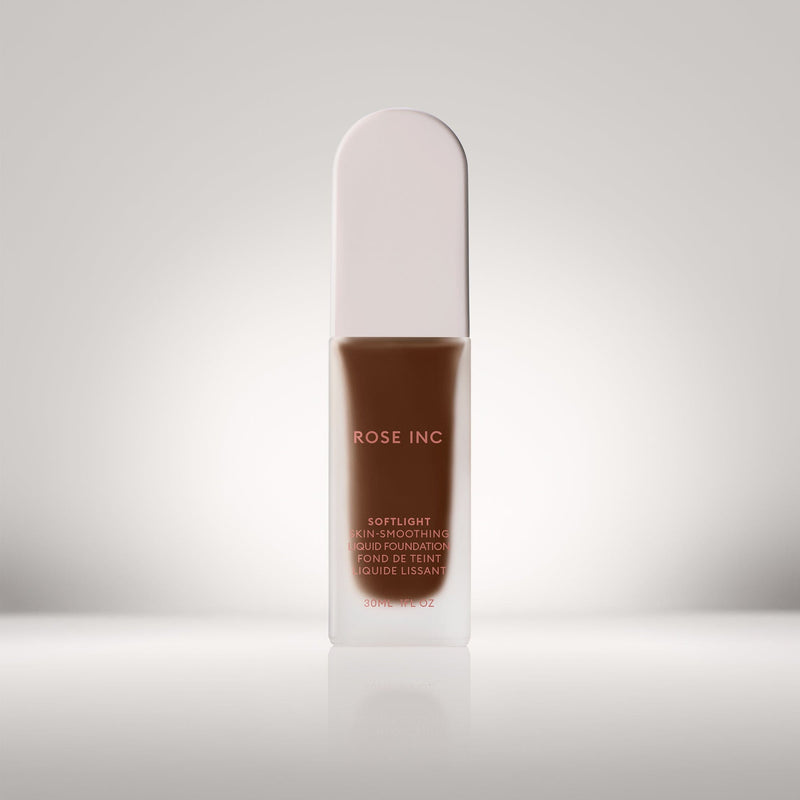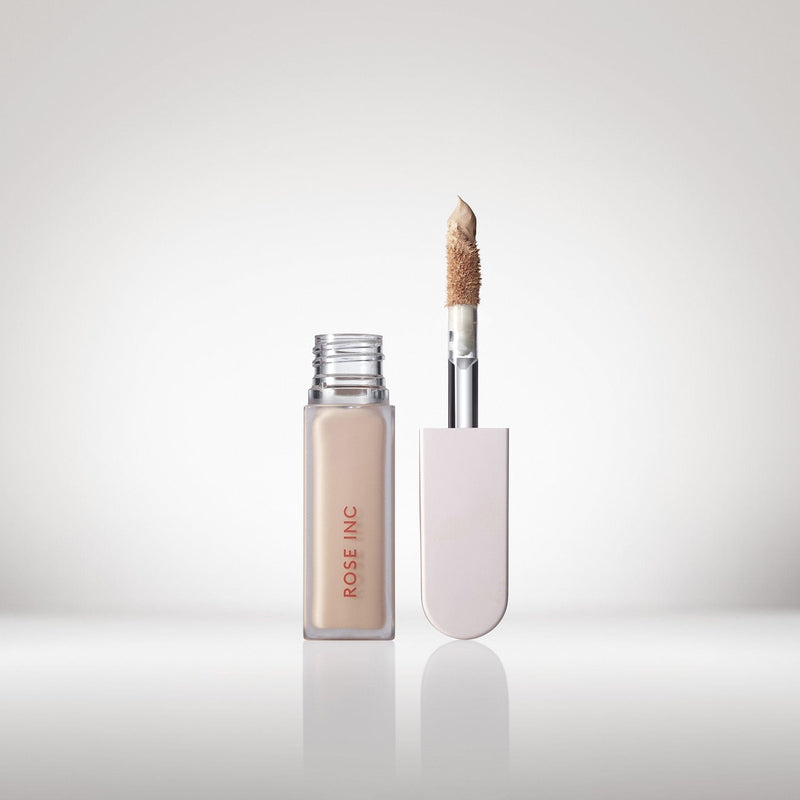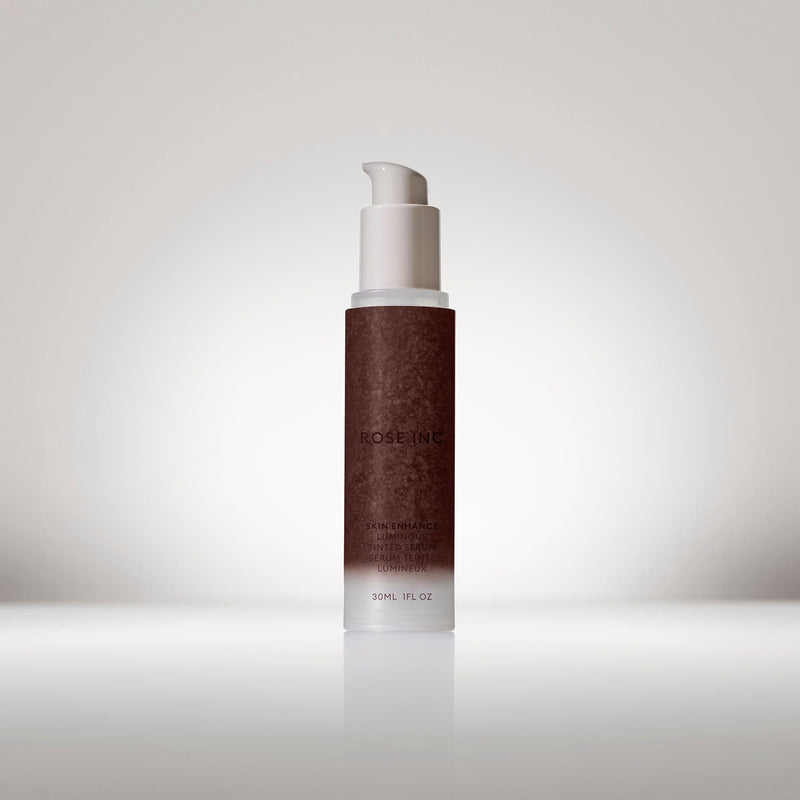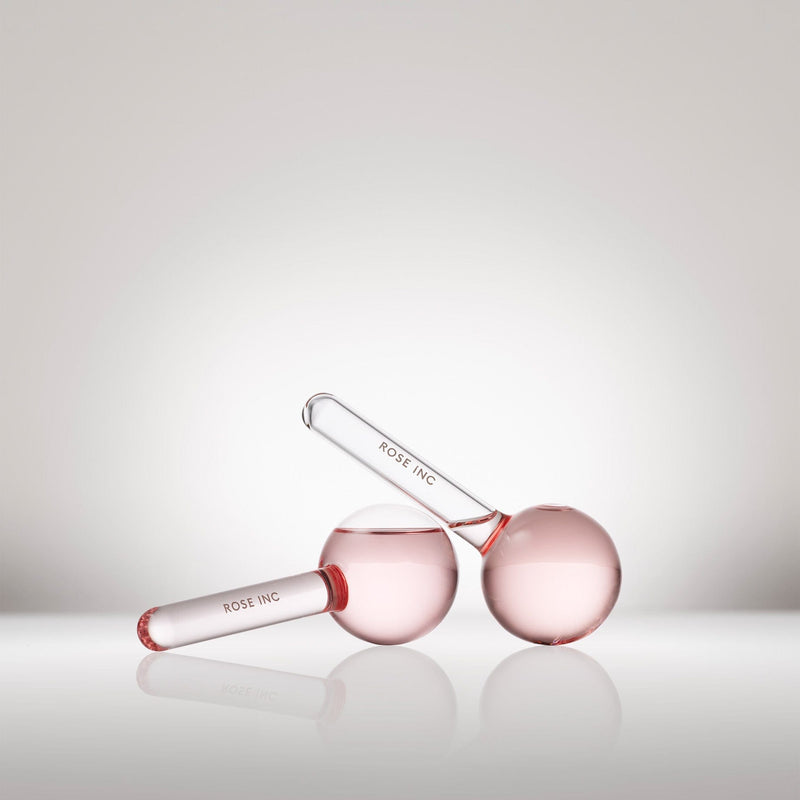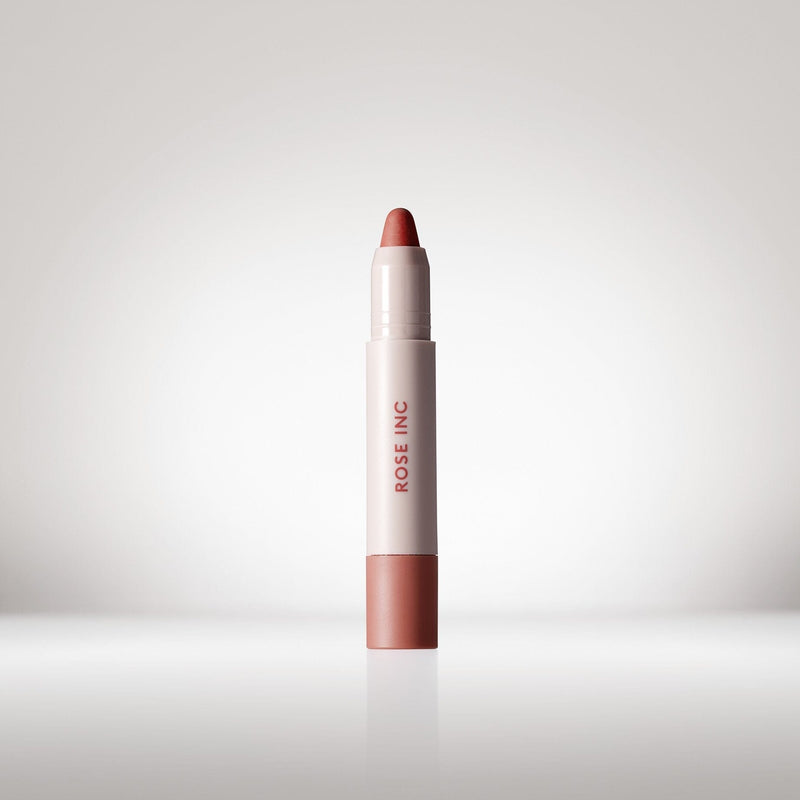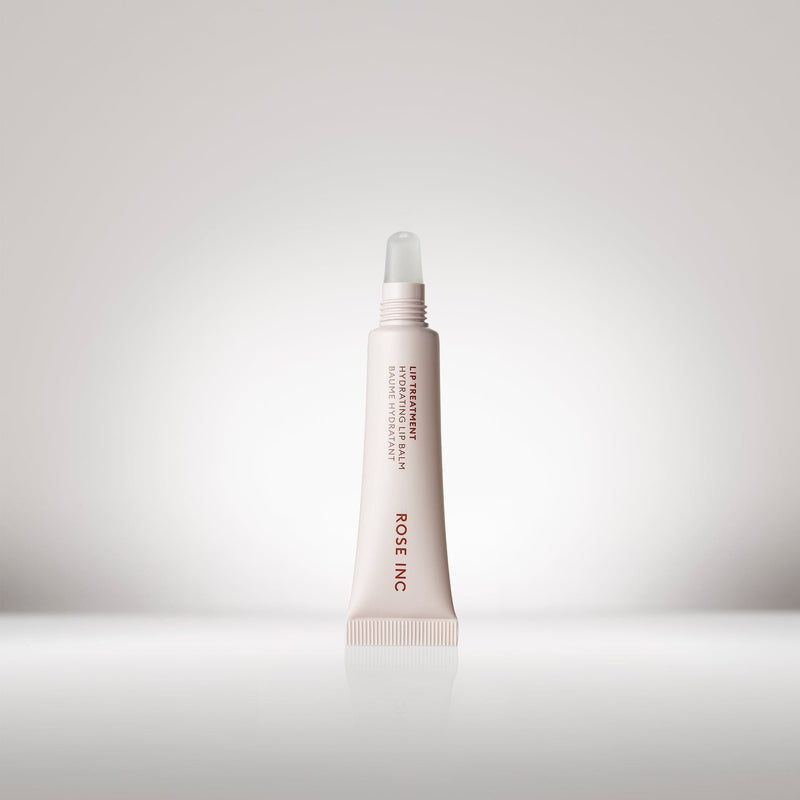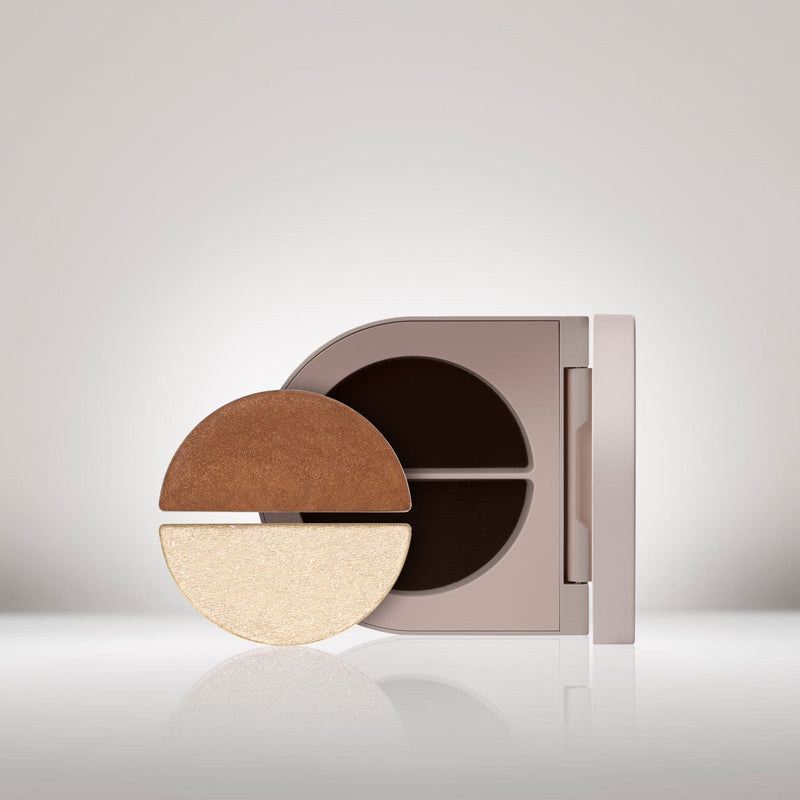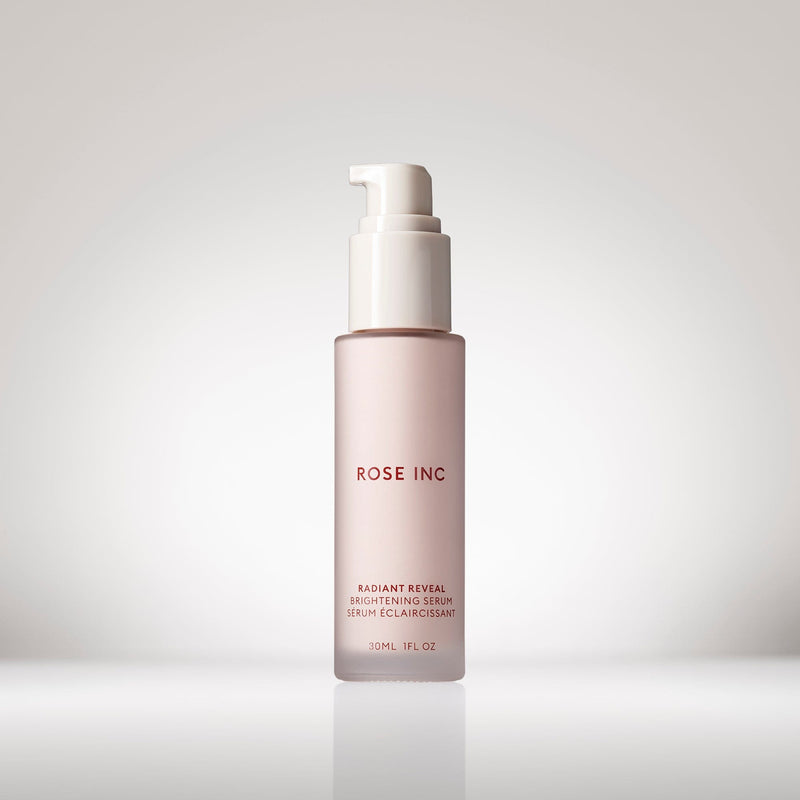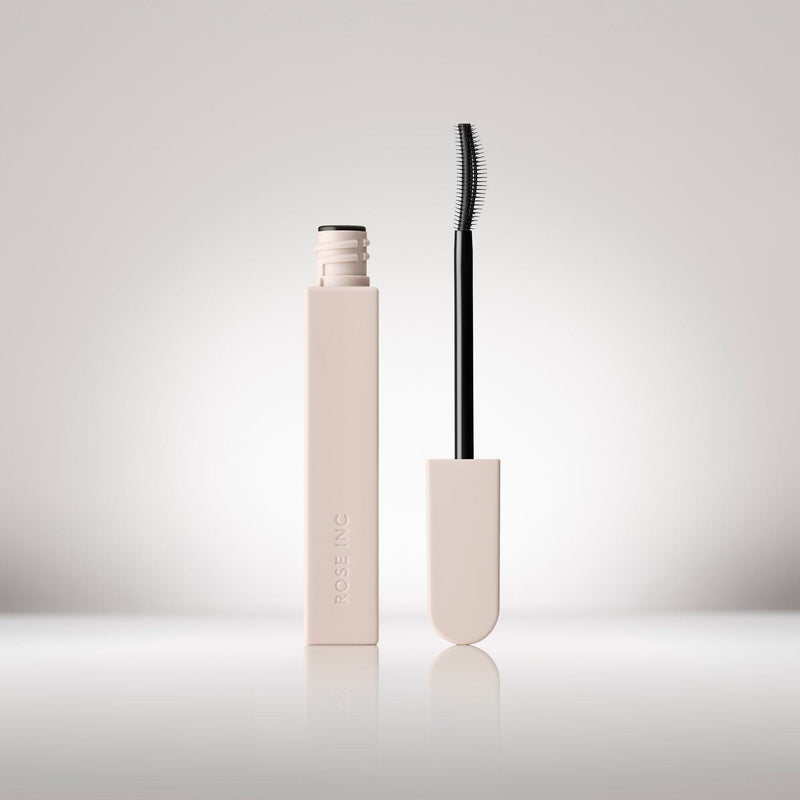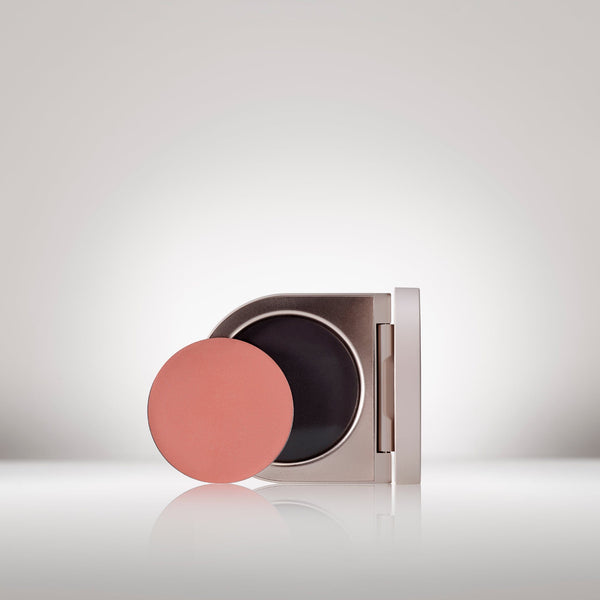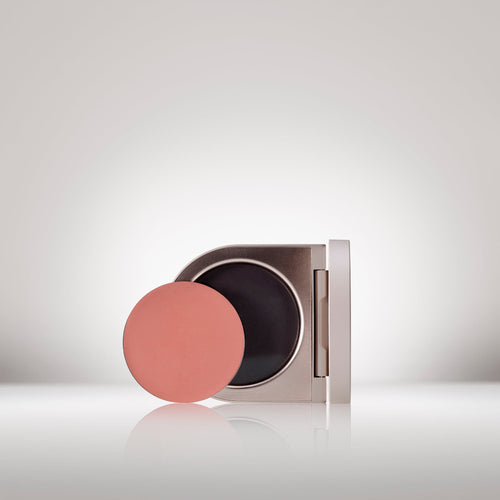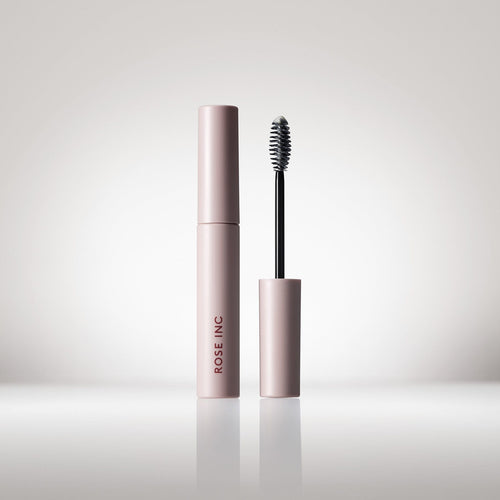Collections
Product Type
Filter
- SHOP
- EXPLORE
Collections
- New
- Bestsellers
- Sets
Product Type
- Makeup
- Skincare
- Brushes/Tools
- Travel
Filter
- By Benefit
-
Top Sellers
Shop all
About US
- OUR STORY
- INGREDIENTS
- SUSTAINABILITY
- RECYCLING GUIDE
Editorial
- New
- Profile
- Education
- Tutorial
- RHW SHORTLIST
Search By Category
Popular Searches

Softlight Skin-Smoothing Liquid Foundation
A medium-buildable foundation with a smooth, soft-matte finish.
31N
Deep with Neutral Undertone
30W
Deep with Warm Red Undertone
29N
Deep with Neutral Red Undertone
28W
Deep with Warm Golden Undertone
27C
Deep with Cool Red Undertone
26N
Deep with Cool Red Undertone
25W
Deep with Warm Golden Undertone
24W
Medium-Deep with Warm Olive Undertone
23C
Medium-Deep with Cool Pink Undertone
22N
Medium-Deep with Neutral Undertone
21W
Medium-Deep with Neutral Undertone
20N
Medium-Deep with Neutral Golden Undertone
19N
Medium-Deep with Neutral Undertone
18W
Medium-Deep with Warm Golden Undertone
17C
Medium with Cool Pink Undertone
16W
Medium with Warm Olive Undertone
15N
Medium with Neutral Golden Undertone
14W
Medium with Warm Peach Undertone
13N
Medium with Neutral Undertone
12C
Medium with Cool Neutral Undertone
11W
Medium with Warm Golden Undertone
10N
Light-Medium with Neutral Olive Undertone
9W
Light-Medium with Warm Peach Undertone
8N
Light with Neutral Undertone
7C
Light with Cool Pink Undertone
6W
Light with Warm Golden Undertone
5N
Light with Neutral Undertone
4W
Light with Warm Golden Undertone
3N
Fair with Neutral Undertone
2N
Fair with Neutral Olive Undertone
1C
Fair with Cool Pink Undertone
31N
Deep with Neutral Undertone
Softlight Skin-Smoothing Liquid Foundation
Medium Coverage, brightening, balancing
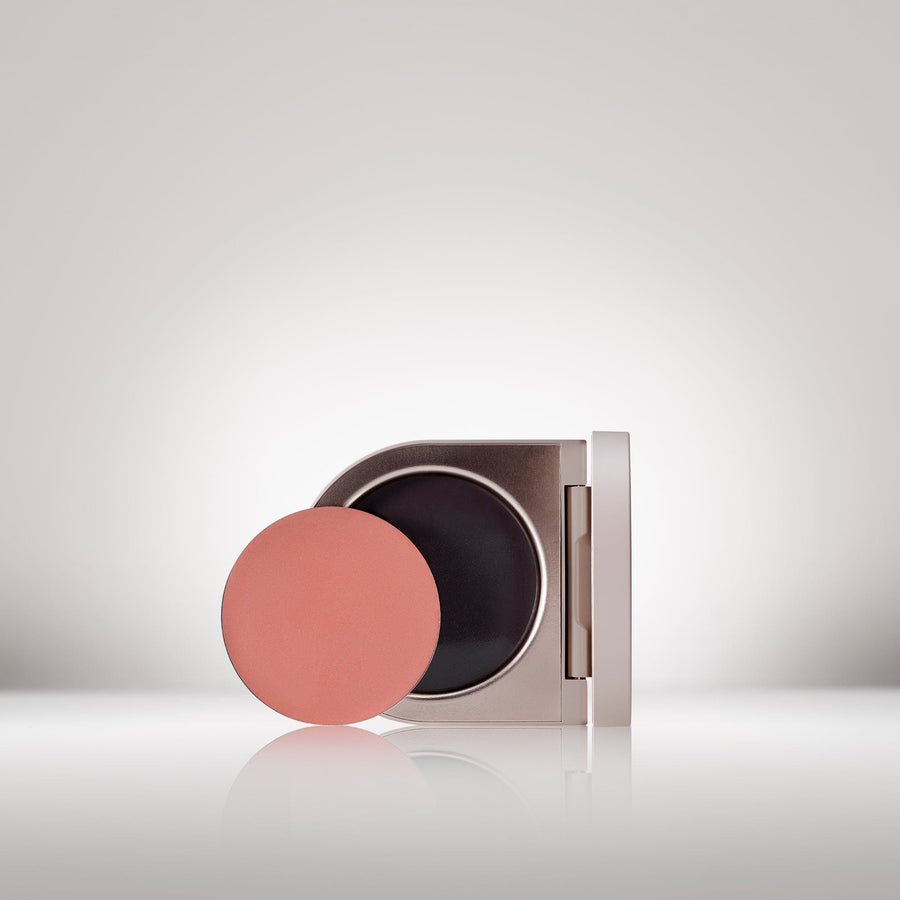
Cream Blush Refillable Cheek &
A hydrating cream that brightens and blurs with a radiant...
Hydrangea
Light cool pink
Wisteria
Coral pink
Anemone
Coral
Heliotrope
Apricot
Delphine
Muted peach
Daylily
Rich taupe
Foxglove
Warm terracotta
Ophelia
True pink
Camellia
Mauve
Hibiscus
Bright plum
Azalea
Berry
Dahlia
Deep berry
Hydrangea
Light cool pink
Cream Blush Refillable Cheek & Lip Color
Brightening, blurring and longwearing
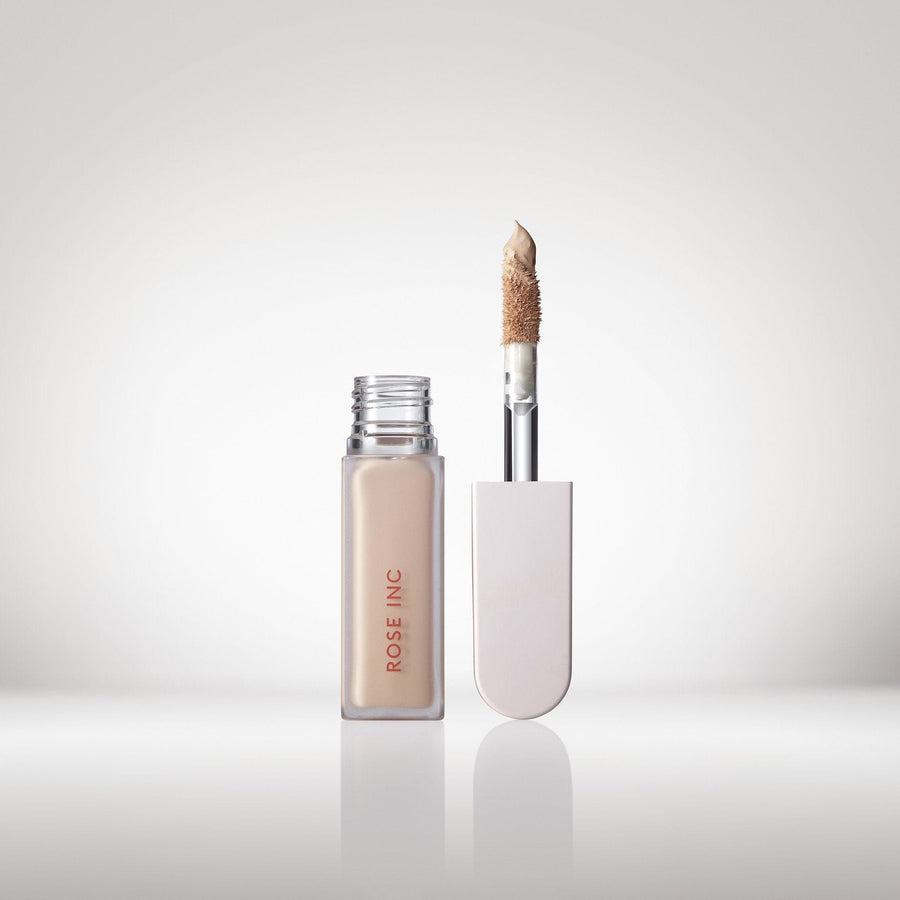
Softlight Luminous Hydrating Concealer
A does-it-all concealer that brightens, blurs and contours while nourishing...
LX 200
Very Deep Skin Tone, Neutral Undertone
LX 190
Very Deep Skin Tone, Cool Red Undertone
LX 180
Deep Skin Tone, Warm Neutral Undertone
LX 170
Deep Skin Tone, Golden Undertone
LX 160
Deep Skin Tone, Red Undertone
LX 150
Deep Skin Tone, Neutral Undertone
LX 140
Medium/Deep Skin Tone, Neutral Undertone
LX 130
Medium/Deep Skin Tone, Warm Golden Undertone
LX 120
Medium/Deep Skin Tone, Pink Undertone
LX 110
Medium/Deep Skin Tone, Golden Undertone
LX 100
Medium/Deep Skin Tone, Peach Undertone
LX 090
Medium Skin Tone, Olive Undertone
LX 080
Medium Skin Tone, Pink Undertone
LX 070
Medium Skin Tone, Golden Undertone
LX 060
Medium Skin Tone, Peach Undertone
LX 050
Light/Medium Skin Tone, Neutral Undertone
LX 040
Light/Medium Skin Tone, Golden Neutral Undertone
LX 030
Light Skin Tone, Pink Undertone
LX 020
Light Skin Tone, Peach Undertone
LX 010
Fair Skin Tone, Neutral Undertone
LX 200
Very Deep Skin Tone, Neutral Undertone
Softlight Luminous Hydrating Concealer
Medium coverage, brightening, blurring

Skin Enhance Luminous Tinted Serum
A hydrating skin tint that delivers powerful skincare and sheer,...
140
Very Deep Skin Tone/Red Undertone
130
Deep Skin Tone/Neutral Undertone
120
Deep Skin Tone/Red Undertone
110
Deep Skin Tone/Golden Undertone
100
Medium Deep Skin Tone/Golden Undertone
090
Medium Deep Skin Tone/Olive Undertone
080
Medium Tan Skin Tone/ Peach Undertone
070
Medium Skin Tone/Peach Undertone
060
Medium Skin Tone/ Neutral Undertone
050
Medium Skin Tone/ Pink Undertone
040
Light to Medium Skin Tone/ Neutral Undertone
030
Light Skin Tone/ Warm Golden Undertone
020
Light Skin Tone/Warm Peach Undertone
010
Fair Skin Tone/ Cool Pink Undertone
140
Very Deep Skin Tone/Red Undertone
Skin Enhance Luminous Tinted Serum
Sheer Coverage, illuminating, hydrating
Search By Category
Popular Products
Categories
-
Education
A primer on essential beauty topics, from talc contamination to biodegradability.
-
Profile
Everybody has a story about beauty. Some of the world’s most intriguing people share theirs.
-
Tutorials
Expert beauty advice to inform and inspire.
-
RHW Shortlist
A glimpse inside Rosie Huntington-Whiteley's world.
-
A primer on essential beauty topics, from talc contamination to biodegradability.
-
Everybody has a story about beauty. Some of the world’s most intriguing people share theirs.
-
Expert beauty advice to inform and inspire.
-
A glimpse inside Rosie Huntington-Whiteley's world.

Fermentation in Beauty: What It Is and How It’s Making the Industry Better
EducationSo many of our favorite foods go through fermentation — everything from the sauerkraut or pickles on your veggie dog to your favorite kombucha. Beer, wine and yogurt are all created through it, and that sourdough starter you attempted to make back when everyone was getting into baking? It's also part of the wonderful world of fermentation. Technically, fermentation is a process in which micro organisms like yeast and bacteria convert carbohydrates, such as sugar or starches, and in turn, produce a smaller compound, like alcohols (hence, beer and wine) or acids.
Fermentation is also a big thing in beauty and has gotten a lot of buzz in the past few years, but it’s far from being a novel concept. A lot of the skincare ingredients we know and love are fermented. Hyaluronic acid, which we all know is a big moisture booster, is one, as well as prized exfoliants like lactic acid, AHAs, glycolic acid and probiotics, among others. It’s also a good step to bettering the planet. “A lot of the ingredients that come from plants are actually terribly unsustainable,” says Annie Tsong, chief strategy and product officer at Amyris, Rose Inc.’s parent company. “[Beauty companies] are harvesting all these plants for this tiny, little quantity of essential oil and destroying whole ecosystems in the process. I think that there are a lot of challenges with products that we get from nature right now, and fermentation is this incredible way of being able to make those same molecules, but without destroying those ecosystems.”
The Two Types of Fermentation in Skincare
According to Tsong, there are two types of fermented ingredients that are currently used in beauty care. The first is the sake ferment, also known as galactomyces ferment filtrate, which can be found in many K-beauty and J-beauty products. “If you look at SK-II or Tatcha, they use a lot of ferments, where they will grow a microorganism in a big vat, and then allow it to consume sugar,” explains Tsong. “These microbes put out the resulting ingredient, which is what we call ‘broth.’ And they'll use that as an ingredient in skincare.” This process, Tsong says, creates a lot of organic acids and molecules that eventually become effective ingredients in cosmetics.
Amyris’ very first product, a malaria drug, is the origin story for the other type. “We realized that a lot of the same technology that was used to make that malaria drug could also be used to make many of the ingredients that are used in personal care and beauty today in a way that's much more sustainable and much more consistent,” says Tsong. Since 2005, Amyris has used a process known as “precision fermentation” or “biotech based fermentation,” which is where a scientist programs the yeast to make a specific molecule. That means turning sugar into bisabolol (soothes skin), squalene (improves skin barrier function) or even CBG (CBD’s cousin) only requires yeast. “CBG is traditionally sourced from cannabis, but we can make it much more sustainably and at higher concentrations using yeast, and that one is a really powerful anti-inflammatory,” Tsong says. ”With the technology that we have, we can provide an ingredient using fermentation for every single benefit area that you could possibly look for in beauty.”
“The fermented ingredients also have anti-inflammatory properties. Thanks to the fermentation process, they become rich in enzymes, which are able to soothe and prevent skin inflammation.”

How Rose Inc Harnesses The Power of Fermentation
Fermentation has evolved from making food and beverages thousands of years ago to developing life-saving pharmaceuticals and creating natural molecules that are bioidentical to ones in nature. “That's kind of the leap that happened in the last 15 years or so, and Amyris is at the forefront of that technology development,” says Tsong. Amyris genetically engineers saccharomyces cerevisiae (the same yeast that's responsible for bread, beer and wine), and feeds it Bonsucro sugarcane “We basically program the yeast to make molecules that are really important to us,” says Tsong. These molecules have a wide range of purposes. Squalene, for example, is used to make vaccines and traditionally sourced from shark liver; Amyris’ sugarcane-derived squalene saves more than 2 million sharks per year. Its award-winning patchouli-type oil can be found in everything from Tide to Le Labo and its bisabolol, which is found in sunscreen and lotion, uses 230 times less agricultural land than if it were obtained from the endangered candeia tree. “We're only at the beginning of the journey in terms of transforming the chemistry that's used for beauty care and personal care,” says Tsong.


How Fermented Ingredients React With Our Skin
Because fermentation breaks down molecules in size, they’re able to be absorbed into the skin better and be more potent, explains Krupa Koestline, a clean cosmetic chemist and founder of KKT Consultants. “The fermentation process maintains the integrity of the ingredients. Most of the unfermented ingredients in cosmetics are made by heating a mixed formula of ingredients to a high temperature, then cooling it, which can potentially reduce the effectiveness of the active ingredients,” she says, adding that a fermented ingredient has a more acidic pH, which has a better affinity with the skin. The fermentation also adds nutrients such as amino acids and peptides to the ingredient and makes the fermented version richer in antioxidants. “The fermented ingredients also have anti-inflammatory properties. Thanks to the fermentation process, they become rich in enzymes, which are able to soothe and prevent skin inflammation,” she says. “Basically, the enzymes eliminate the ‘bad bacteria’ the skin may contain and replace them with ‘good bacteria’, this in turn helps to preserve the skin balance.”
"With the technology that we have, we can provide an ingredient using fermentation for every single benefit area that you could possibly look for in beauty.”

How Fermentation Can Help Make the Beauty Industry More Sustainable
As Tsong explains, a lot of the ingredients in beauty and personal care come from plants and animals. “Ingredients like essential oils, plant oils, coconut oil and a lot of the bio-actives that are active components in cosmetics, are also from plants and animals. Things like pigments, minerals and glass are all other things that we can get from the earth,” she says. “So, fermentation is actually a very different way of making materials.” She says that saccharomyces cerevisiae is the catalyst that turns sugar from sugarcane into the molecules that Amyris makes. “The sugar we use is from Brazilian sugarcane, one of the most efficient crops in the world in terms of water and fertilizer usage,” she adds.
Tsong goes on to say that there are sustainable ways of getting ingredients from nature and making sure that they are sustainably and ethically sourced, but even then, there are also a lot of petrochemicals in formulas. These consist of chemicals such as petroleum jelly, mineral oil, some fragrances, waxes, acrylates, and generally things that will change the viscosity of a formula, like surfactants or emulsifiers. Tsong says that this is something that the industry can’t get away from overnight. “I don't want to lie, all of our brands are still reliant on petrochemicals,” she admits. “It's not reasonable yet to be able to make these high-performing, affordable products without using some petrochemicals.” She says that while some brands have managed to omit petrochemicals from their products, there are a lot of challenges with affordability, with reliability of how the products perform and so on. “Petroleum-derived chemicals are very consistent, they're very affordable and they're very high performing,” she says. “Our objective should be to move away from that more and more. And I think fermentation really is the technology that's going to allow us to do it.”
SHOP THE ARTICLE

Hydration Replenish Microencapsulated Moisturizer
A next-generation moisturizer that delivers a burst of intense hydration.
Hydration Replenish Microencapsulated Moisturizer
Brightening, firming and balancing



